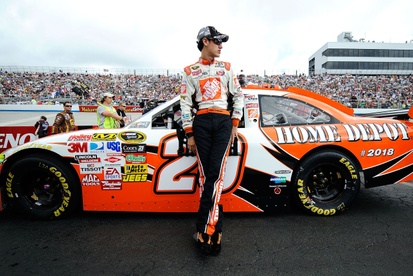Will 2026 F1 cars finally reach 400 km/h (248 mph)?

Suggestions from Toto Wolff that 2026 F1 cars could get near top speeds of 400km/h have caused a stir, but both the real picture and what the Mercedes chief actually meant are more nuanced than that.
As is well documented, F1 is facing a radical regulations shake-up in 2026, driven by a desire to obtain a near 50/50 split between energy derived by the V6 turbo engines and a much expanded electric component – the MGU-K – fed by higher capacity batteries.
To make these power unit regulations work on F1’s wide variety of circuits, the cars themselves will shed downforce and drag, and will feature active aerodynamics on both the front and rear wings to further boost speeds on the straights.
When discussing the 2026 regulations with German outlet Auto Moto und Sport, Wolff said Mercedes’ simulations showed intriguingly high top speeds in certain conditions. “When the full power is deployed, we will scratch the 400 km/h limit,” the Austrian was quoted as saying.
It would mean the new generation of cars is on course to smash the current top speed record held by Valtteri Bottas, who hit 378 km/h in qualifying for the 2016 European Grand Prix in a Williams, and could also see fearsome speeds at circuits like Monza and Mexico’s Autodromo Hermanos Rodriguez that would even eclipse top speeds achieved at the Indianapolis 500.
It is understood Wolff didn’t necessarily mean cars will routinely hit the 400 km/h barrier, but that those spectacular numbers are possible in theory if teams deliberately skew their car set-up and energy deployment for straight-line speeds at the more extreme circuits on the calendar – with top speed just one factor as teams search for optimal .
Pierre Gasly, whose Alpine car will be powered by a Mercedes engine next year, says he doesn’t think things will get that far. “I don’t believe stories. I only believe what I see,” the Frenchman said. “I’m sure we can even go 400 with those cars if you change the gearbox and increase the straights; take off the first chicane in Monza.

Pierre Gasly, Alpine
Photo by: Sam Bagnall / Sutton Images via Getty Images
“I don’t know. I’ve tried the car in the simulator and I know what it does. I’m not too sure where that comes from, to be honest. We’ll see next year. I’m happy if my car goes 400 km per hour though!”
When asked to weigh in, Red Bull’s world champion Max Verstappen joked: “Maybe Toto’s engine can do that. I think the FIA has already explained that they won’t allow that to happen. On some circuits it will be looked at, so we don’t go too fast.”
The numbers mentioned in public certainly made an impression on Esteban Ocon, who is yet to dive into the simulator for Haas. “This 380-400 km/h looks quite scary when people comment these things, but I will have my opinion when I start trying the car in the simulator,” he said.
In similar fashion to the doom and gloom stories on just how difficult and laborious 2026 cars might be to drive, based on feedback from very early simulator testing by some drivers, the reality is that the 2026 engine parameters are still in a constant state of revision and refinement as simulator data from all teams gets fed back to the FIA.
Ferrari’s Charles Leclerc, who previously commented on how he found the early alpha version of the 2026 Ferrari not particularly enjoyable to drive, has also nuanced his earlier comments: “It’s going to be a bit strange the way we are going to reach those speeds,” he added.
“But it’s only the beginning and I think the development is going so fast that every time you’re on the simulator, it changes by a lot. So, at the end, it might be more normal than what I kind of expected at the beginning.
“But if we reach those speeds, then it will be quite impressive, with active aerodynamics and with the front wing also being like a DRS. We will see.”

Charles Leclerc, Ferrari
Photo by: Sam Bagnall / Motorsport Images
Motorsport understands that the FIA hasn’t seen the 400 km/h figure in its own simulations, but that it welcomes any data teams can share on their findings. However, the 2026 generation of cars has been specifically designed with higher top speeds in mind, so record speeds are not necessarily seen as a safety concern at this stage.
Speaking to Motorsport before the summer break, FIA Single-Seater Director Nikolas Tombazis stressed that the governing body – based on conversations and data from the teams – will continue to address hot topics like energy deployment to avoid unwanted side-effects from the new rules.
“I certainly expect that between now and the start of the season, there will be quite a lot of new provisions in order to manage the energy better and to make sure that cars are not decelerating on the straights or doing unnatural things,” he explained.
“Now we are getting feedback from the teams and the work is continuing in that respect. So, I think it’s a bit premature when people say, well, the cars will do X or Y or Z, because it’s not finished yet. We’re getting the feedback and we’re reacting.
“What we have now and what we’ll have at the beginning of next year is not exactly the same thing. There will definitely be quite a lot of evolution between now and the start. I think it’s important to convey that, because some people, including sometimes the drivers who drive the cars on the simulator, don’t follow that evolution of the discussions with the teams in detail. Maybe they only get a snapshot, but the reason they’re driving the simulator is precisely to identify these problems so that we can resolve them.”
According to Tombazis, higher top speed and lower downforce – and thus reduced cornering speeds – are projected to result in laptimes that aren’t too dissimilar to what the current generation of cars is capable of.
“In our simulations, we are between one and two and a half seconds slower next year at the start of the regulations, and clearly there will be evolution that will make them gain speed,” he pointed out.
“So, I really don’t think the lap time is going to be a factor once people get used to these cars and start driving them.”
Photos from Dutch GP – Thursday
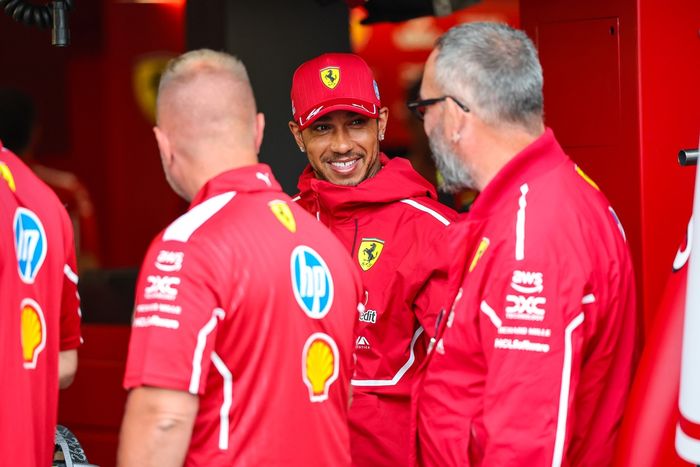
Dutch GP – Thursday, in photos
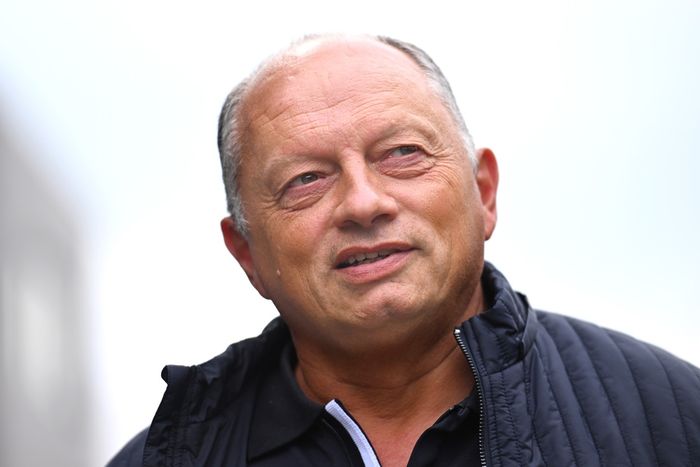
Dutch GP – Thursday, in photos

Dutch GP – Thursday, in photos
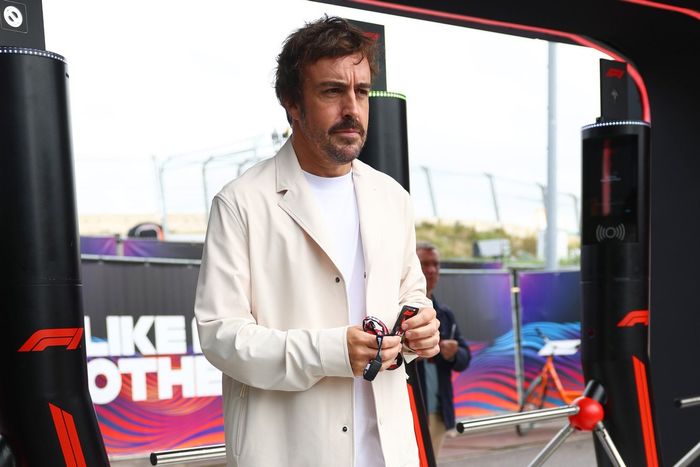
Dutch GP – Thursday, in photos

Dutch GP – Thursday, in photos

Dutch GP – Thursday, in photos
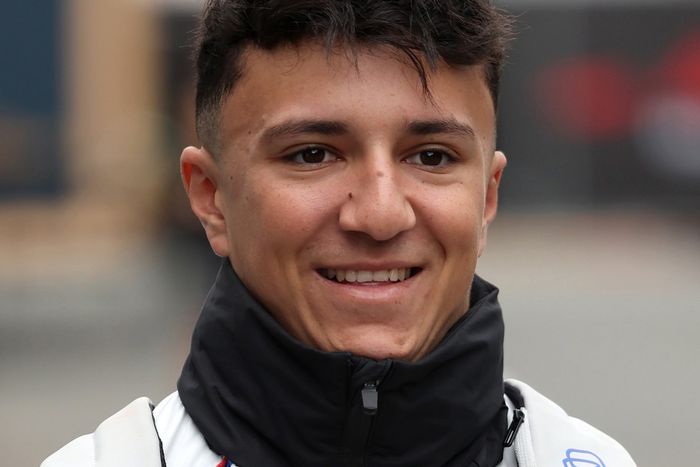
Dutch GP – Thursday, in photos

Dutch GP – Thursday, in photos
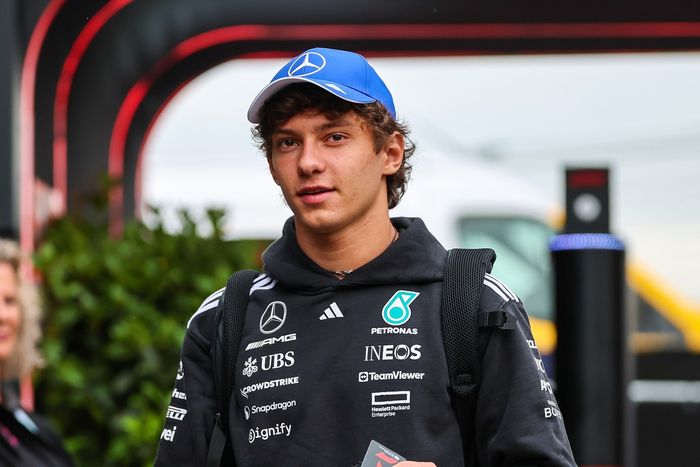
Dutch GP – Thursday, in photos

Dutch GP – Thursday, in photos

Dutch GP – Thursday, in photos

Dutch GP – Thursday, in photos

Dutch GP – Thursday, in photos
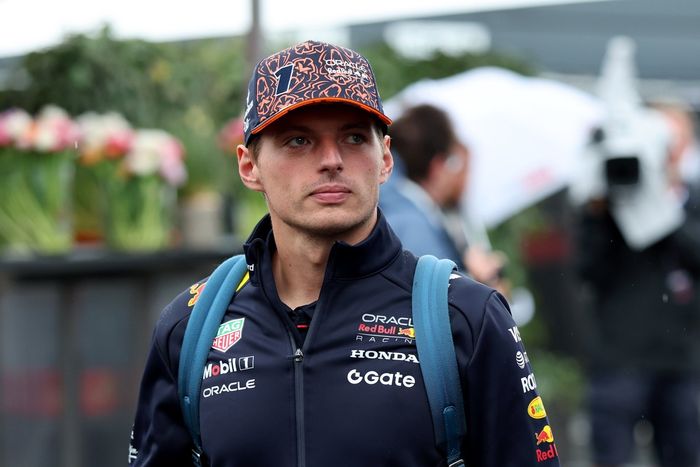
Dutch GP – Thursday, in photos

Dutch GP – Thursday, in photos
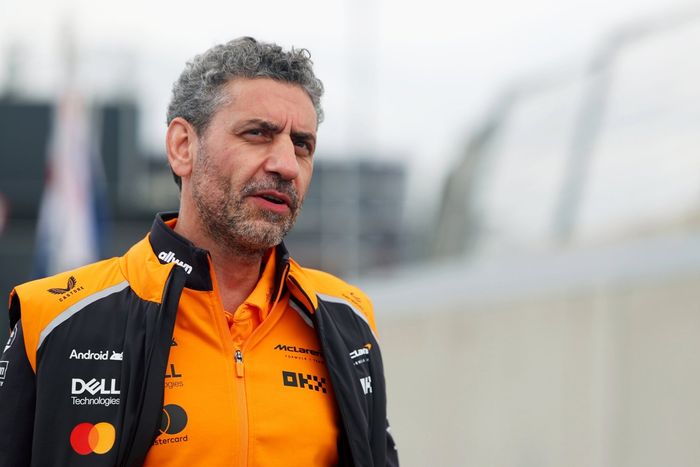
Dutch GP – Thursday, in photos
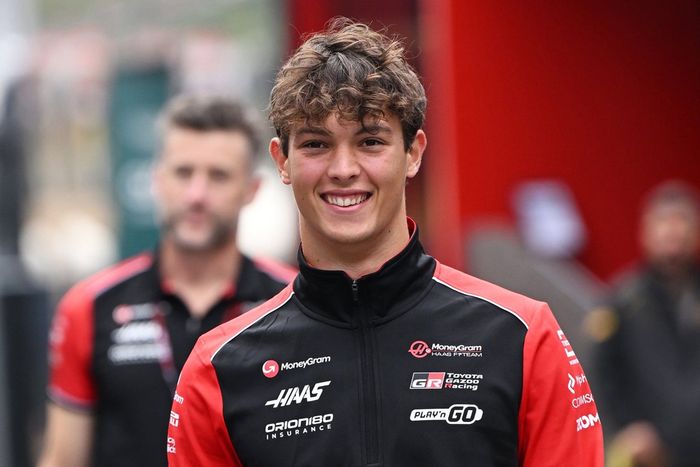
Dutch GP – Thursday, in photos

Dutch GP – Thursday, in photos

Dutch GP – Thursday, in photos

Dutch GP – Thursday, in photos

Dutch GP – Thursday, in photos

Dutch GP – Thursday, in photos
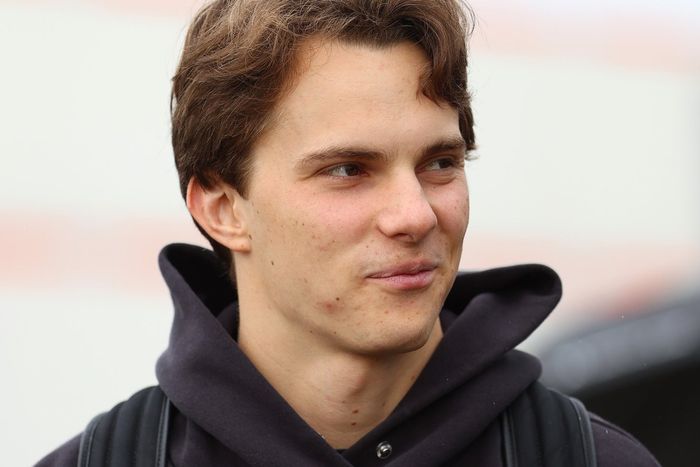
Dutch GP – Thursday, in photos
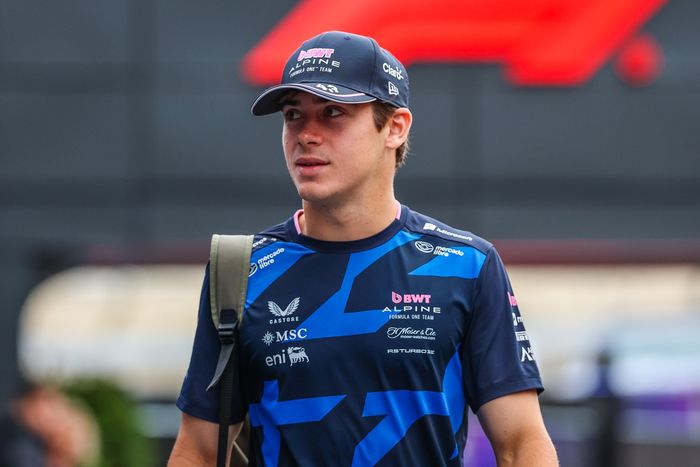
Dutch GP – Thursday, in photos

Dutch GP – Thursday, in photos

Dutch GP – Thursday, in photos

Dutch GP – Thursday, in photos

Dutch GP – Thursday, in photos

Dutch GP – Thursday, in photos

Dutch GP – Thursday, in photos

Dutch GP – Thursday, in photos

Dutch GP – Thursday, in photos

Dutch GP – Thursday, in photos

Dutch GP – Thursday, in photos

Dutch GP – Thursday, in photos

Dutch GP – Thursday, in photos

Dutch GP – Thursday, in photos

Dutch GP – Thursday, in photos

Dutch GP – Thursday, in photos
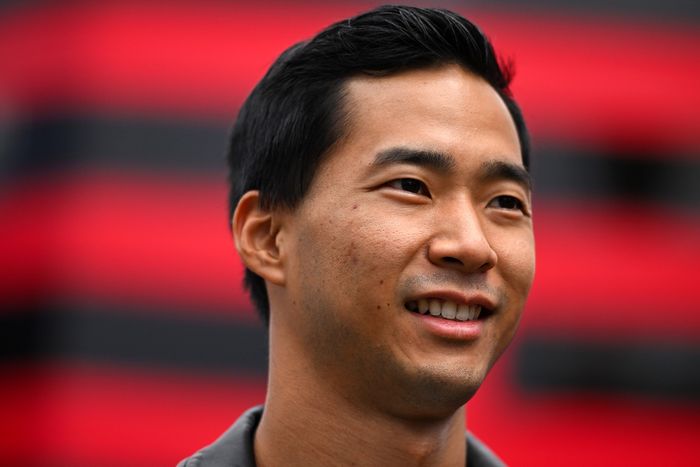
Dutch GP – Thursday, in photos

Dutch GP – Thursday, in photos

Dutch GP – Thursday, in photos

Dutch GP – Thursday, in photos

Dutch GP – Thursday, in photos

Dutch GP – Thursday, in photos

Dutch GP – Thursday, in photos
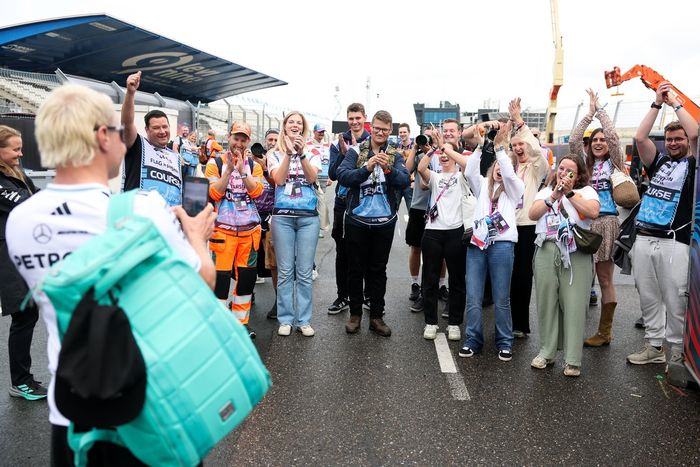
Dutch GP – Thursday, in photos

Dutch GP – Thursday, in photos

Dutch GP – Thursday, in photos
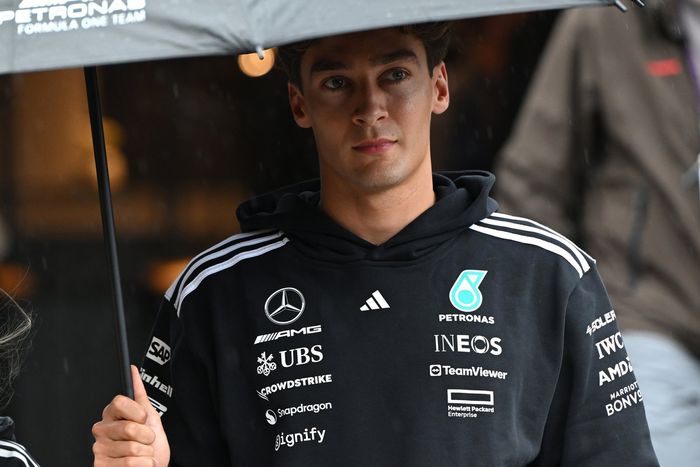
Dutch GP – Thursday, in photos
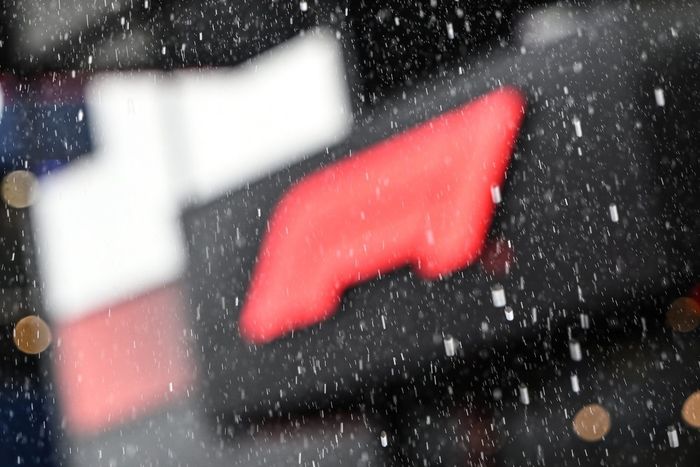
Dutch GP – Thursday, in photos

Dutch GP – Thursday, in photos

Dutch GP – Thursday, in photos

Dutch GP – Thursday, in photos

Dutch GP – Thursday, in photos

Dutch GP – Thursday, in photos
In this article
Be the first to know and subscribe for real-time news email updates on these topics


